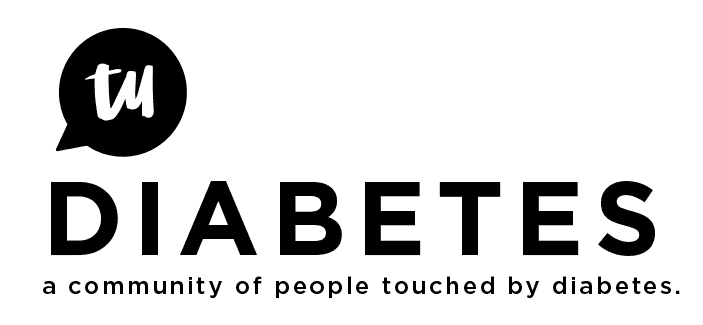Hi all,
It’s great to be here, I’ve spent a lot of time reading over the past couple of months, finally found this site and thought now was the time to say hi and maybe ask for advice.
I’m not 100% sure this is in the right place so apologies if not.
I’m 45 and was quite unwell the beginning of the year, finally went to my gp thinking hormonal issues to be told I have diabetes. Due to autoimmune disease being prevalent in my family and my serum ferritin being 442 (ref 30=200) I asked for auto antigen testing. My doctor told me he would request them but they would be negative as I have type 2 and put me on metformin. I’ve drastically changed my diet - cut out all sugar and carbs, I’ve managed to maintain ave glucose of 7.7 on dexcom. My initial HbA1c was 88 and blood glucose over 15, A1c not being tested again till August.
Anyhow, my GAD was 15 kU/l (ref 0-4.9) and islet triple cell 91 u/ml. GAD85, IA-2 and ZNT8 (Ref 0-20)
My doctor declared LADA and referred me to the local diabetic team who told me I’m type 2. GAD not high enough and bmi 30. (Until 2 years ago it was 25.) and that I’m well controlled with diet and meds it’s definitely not type 1 - they discharged me for gp to treat.
What are the normal results levels for these test if mine indicate positive but are too low for LADA. I am unable to find a definitive answer other than they are positive/borderline, and are there results that can be positive and be type 2?
I’m feeling a little disheartened as I was told the results speak for themselves so really have no idea which professional is right. Has anyone any experience in this? Can the results be wrong? Or have I just misunderstood.
Thank you in advance for anyone who’s managed to read the whole thing and even more gratitude to any answers.


